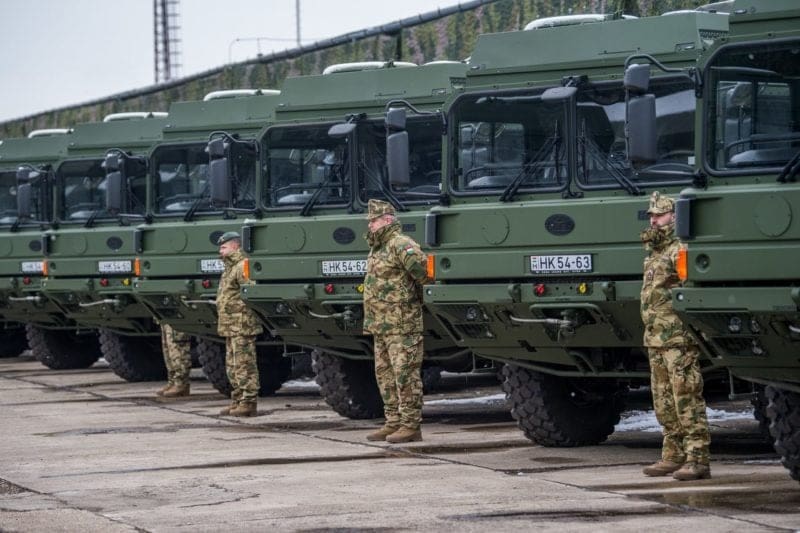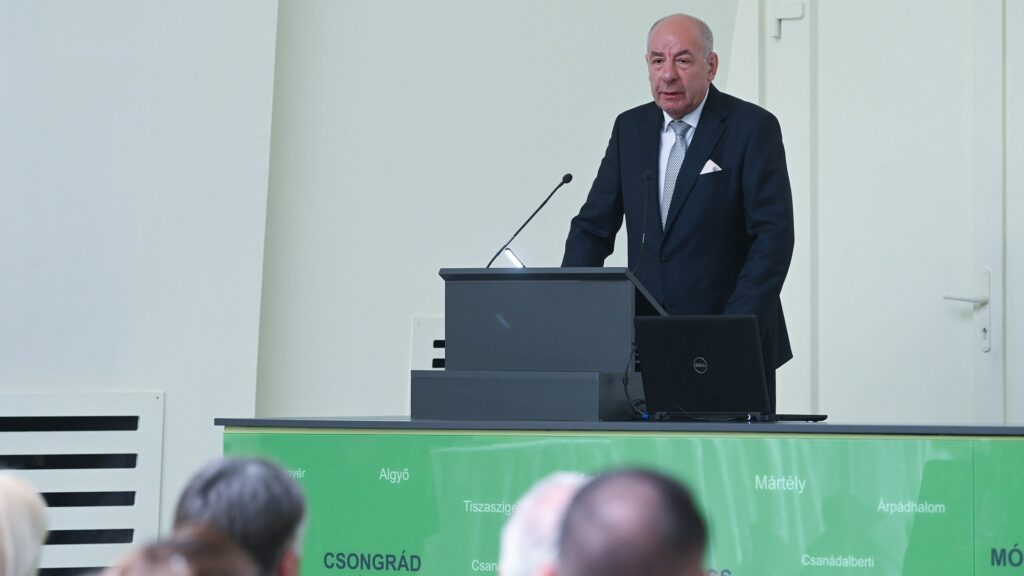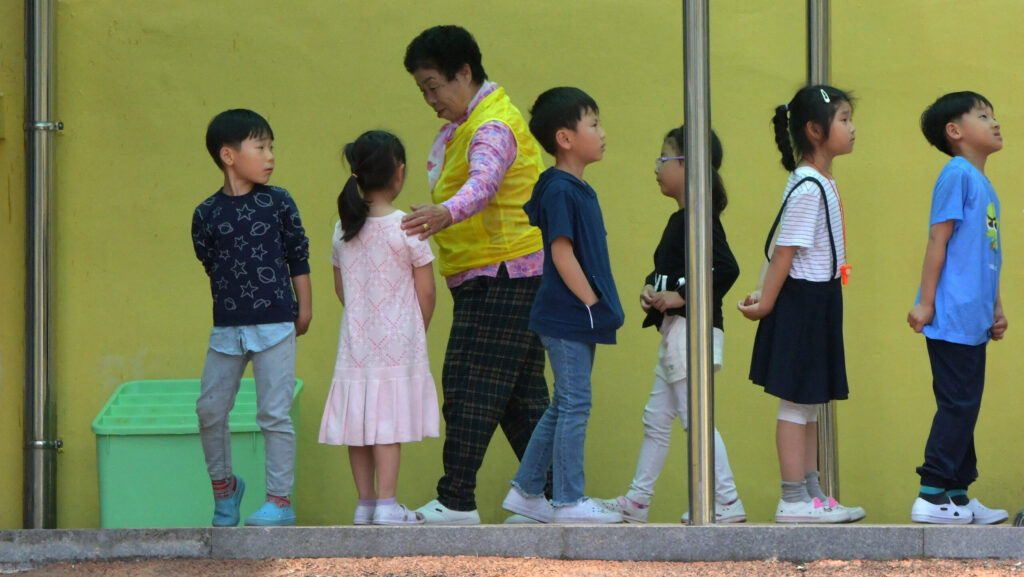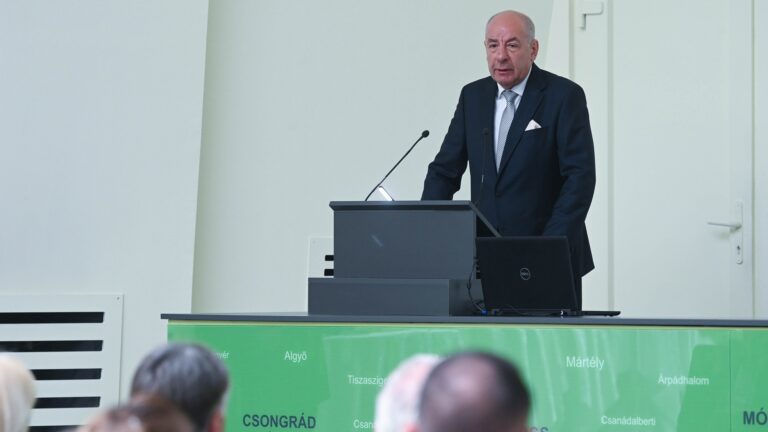In January 2017 the Hungarian Ministry of Defence announced the launch of a medium-term, comprehensive military modernization and rearmament programme. The present article provides a brief overview of what developments and procurements have taken place in the first five years of the programme.
In the early 2000s, several reports were made to the government indicating that the Hungarian Defence Forces (HDF) and its capabilities are going to be extremely outdated by the 2010s without a grand investment. The forecasts were neither surprising nor exaggerating considering the fact that there has not been an overall, large-scale force development programme in Hungary since the regime change in 1989; only partial acquisitions (e.g. JAS 39 Gripen aircraft purchase) and refurbishment took place. However, in terms of technology and equipment, the country got stuck in the era of the Warsaw Pact as none of the governments was willing to move forward with modernizing the country’s defence ability after the regime change. To maintain and extend the warranty of these depreciating technologies were only a costly tool of the former governments and a short-term cure for the more acute problem.
The modernization of defence capabilities in the absence of political will and—especially after the global economic crisis of 2008—the lack of financial and budgetary resources seemed not just low priority, but impossible. Despite Hungary’s commitment as a NATO member to the two per cent GDP adjusted defence spending, the country’s defence expenditure went even below one per cent for years after 2011. This completely fitted to the EU trend to decrease defence budget, as governments throughout Europe rearranged their financial assets to other areas at the expense of their military.
International political and security state saw many changes from the 2011 “Arab Spring”
to the 2014 Russia-Ukraine conflict which has made a serious impact on the European and the Euro-Atlantic security perception. Common defence has again returned to the heart of the strategic dialogue between NATO members, especially in Central Europe. Strengthening military capabilities and readiness, coordinating their strategic thinking, defence planning, military procurement, and force modernization programmes within the collective defence system require more human knowledge and financial capita. This is why former US President, Donald Trump fiercely hit the table demanding fair burden sharing by the fulfilment of the obligation spending at least two per cent per capita for defence, 20 per cent for development. (Just to compare, US military expenditure as a share of GDP never went below 3,3 percentage in the same period of time.) Soon NATO countries reaffirmed their commitment to increasing their defence spending in The Wales Declaration on the Transatlantic Bond in 2014.
In 2016 the Hungarian government announced Zrínyi 2026 Defense and Force Development Programme, the ten-year-long comprehensive project aims at modernizing and revitalizing the defence sector by which Hungarian Defence Forces become a modern decisive force, further strengthening the security of Hungary and the common defence of Europe and the NATO alliance. It also aims at making the military career an attractive opportunity and a highly respected profession in the public eye. For the ten years period a total of 3,500 billion forints have been separated with the objective to reach the two per cent per capita military expenditure by 2024.
Military Technology Acquisition
Regarding military technology, a large-scale acquisition has been made in the first half of the programme to change obsolete technology, including vehicles, arms, devices and gears to more modern and interoperable equipment. Acquisitions are made in light of Hungary’s commitment to the NATO in 2014 in sense of capabilities and contribution. The country made a promise to contribute to the common defence capabilities with a heavy brigade by 2028, therefore such military equipment will be procured which is appropriate for the above purpose.
As a matter of ground forces, Leopard 2A4 and 2A7+ tanks, a total of forty-four have been purchased from the German Krauss-Maffel Wegmann company in 2018. The procurement means a fifty-year technological advancement as it will replace the currently used Russian (Soviet) T-72. Also, the KMW company’s PzH2000 self-propelled gun has been introduced in the Hungarian Defence Forces and a contract for two hundred “Puma” infantry fighting vehicle has also been signed with the German manufacturer.
Another contract for two hundred and eighteen Lynx KF41 armored fighting vehicles was signed for seven hundred billion forints with the German Rheinmetall corporation in 2019. The deal is not just a purchase, but cooperation between the Hungarian Government and Rheinmetall saying that a military factory is going to be built in Hungary, which will produce 172 of the total number of vehicles. With this contract, the Hungarian military industry is going to have a great benefit, which is also a prime objective of the Government and the Zrínyi 2026 Programme. Within the same cooperation “Gidran” armored tactical vehicles (based on the Turkish Ejder Yalçın) will be produced for the HDF.
In 2020, NASAMS (Norwegian Advanced Surface to Air Missile System) medium-range, anti-aircraft missile system has been purchased from Norwegian and American companies. Another contract has been made on the procurement of ELM-2084 multi- mission radars with Rheinmetall Canada. The radar is based on the high-end Israeli technology, used in the “Iron Dome” system as well and capable of detecting and tracking both aircraft and ballistic targets, as well as providing fire control guidance for missile interception or artillery air defence.
As part of the aircraft and airlifting capability modernization,
the Hungarian Government has made an agreement with the European Airbus aerospace company, acquiring twenty, H145M medium-sized multi-mission military helicopters and sixteen H225M long-range tactical transport military helicopters. The pact contains a five-year logistical support, training and retraining programme as well, but the parties have also agreed that Airbus will build a competence centre in the Hungarian city, Gyula for the production of helicopter parts. Two KC-390 jet-powered military transport aircrafts will arrive to the HDF from Brazil until 2024. Two used Airbus A319 jet airliners already have been deployed from Berlin in 2018.
Upgrading the Hungarian military industry means that “Hungarians give Hungarian weapons to Hungarian soldiers” – outlined Szilárd Németh, State Secretary for Defence. P-07 and P-09 type pistols, BREN 2 type assault rifles and SCORPION EVO 3 type submachine guns are being manufactured in Hungary after making an agreement with the Czech Ceská Zbrojovka Export (CZ) company in 2018. Dynamit Nobel Defence GmbH will establish a unit in Hungary, in Kiskunfélegyháza, for research and production of explosive reactive armours and anti-armour grenade weapons. Explosives and large-caliber ammunition, grenades and mortar manufacturing plants will also be built up in Hungary by the German company, Rheinmetall.
Five years of intensive development and modernization passed as the “Zrínyi 2026 Programme” is at its halfway. The next five years are expected to be the years of training and learning for soldiers getting familiar with a new, more advanced military technology, and Hungary could finally get rid of its own, outworn armament.








